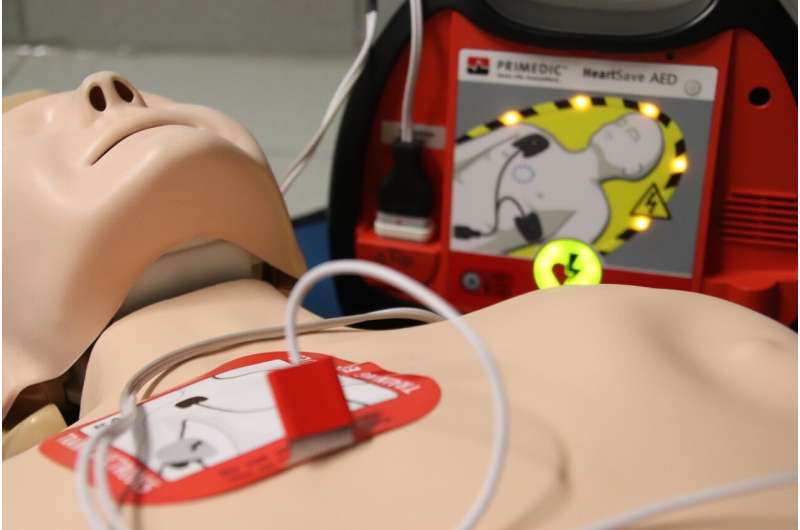Impact of the U.S. Government Shutdown on Healthcare Services and ACA Subsidies

The 2025 U.S. government shutdown is disrupting critical healthcare services and debates over ACA subsidies and Medicaid reforms, risking millions of Americans' health coverage.
The ongoing federal government shutdown, initiated on October 1, 2025, is significantly affecting the U.S. healthcare system. At the core of this shutdown are critical disagreements over health policy issues, particularly involving the Affordable Care Act (ACA) subsidies and Medicaid funding. Historically, government shutdowns have stemmed from partisan conflicts over healthcare support, with the 2013 shutdown also linked to ACA disputes.
Currently, Democrats are advocating for an extension of premium subsidies for ACA plans, which are set to expire at year's end. These subsidies have been vital in reducing premiums for millions, leading to a notable increase in ACA marketplace enrollment. Without an extension, premiums could surge by over 75% in 2026, and around 4.2 million Americans might lose their insurance coverage. Some moderate Republicans are open to negotiations on these subsidies, but many oppose incorporating such measures into the budget process.
Additionally, Democrats aim to roll back certain Medicaid provisions, including work requirements slated to begin in 2027. These requirements would mandate certain adults to demonstrate employment or participation in qualifying activities to retain benefits, potentially causing an estimated 5 million people to lose their coverage. Conversely, Republicans oppose expanding Medicaid benefits to certain immigrants and have criticized proposals that would restore or expand Medicaid access for legally present immigrants, which could result in approximately 1.4 million individuals losing coverage.
The shutdown's immediate impact extends to various health services. Non-essential activities, including surveying nursing homes, assisting Medicaid and Medicare beneficiaries, and overseeing rural emergency services, are suspended. Senior programs providing telehealth services and hospital-at-home care have lost funding, although Social Security payments continue. However, delayed provider payments could impede scheduling and delivery of care, especially if the shutdown persists.
Despite the disruptions, some programs remain operational. Medicaid is funded through the end of the year, and community health centers continue to provide essential services to millions, though prolonged shutdowns threaten their stability. The Indian Health Service and Veterans Health Administration will also sustain operations, while agencies like the Food and Drug Administration are avoiding further layoffs.
The longevity of the shutdown will determine its full impact. There are concerns that the White House’s plans for mass layoffs, particularly targeting federal health agencies, could lead to more permanent reductions in healthcare services and workforce. These developments could reshape the federal health infrastructure and its capacity to safeguard public health.
Most importantly, the situation underscores the deep partisan divide over healthcare policy in the U.S., with ongoing debates over subsidy extensions, Medicaid reforms, and immigration-related health benefits. The resolution of these issues will be crucial in restoring the stability and accessibility of healthcare services across the nation.
Source: https://medicalxpress.com/news/2025-10-shutdown-health-aca-subsidies.html
Stay Updated with Mia's Feed
Get the latest health & wellness insights delivered straight to your inbox.
Related Articles
Doctors Highlight the Importance of Recognizing Sepsis Signs on World Sepsis Day
On World Sepsis Day, healthcare experts stress the importance of recognizing early signs of sepsis to save lives. Learn the symptoms and risk factors to ensure timely treatment.
Enhancing Access to Wound Care for People Who Use Drugs
A new study highlights strategies and challenges in expanding low-barrier, compassionate wound care for people who use drugs, aiming to reduce health disparities and improve outcomes.
Decline in Cardiac Arrest Survival Rates During Early COVID-19 Years
A recent study reveals that COVID-19’s early years led to decreased survival rates for out-of-hospital cardiac arrests, with notable racial and ethnic disparities persisting through 2022. Learn about the impact and ongoing challenges.
Successful Testing of Oral Norovirus Vaccine in Human Challenge Study
Vaxart Inc. has achieved a milestone in norovirus vaccine development by demonstrating promising results in a recent human challenge trial, showing significant immune responses and reduced infection rates.



